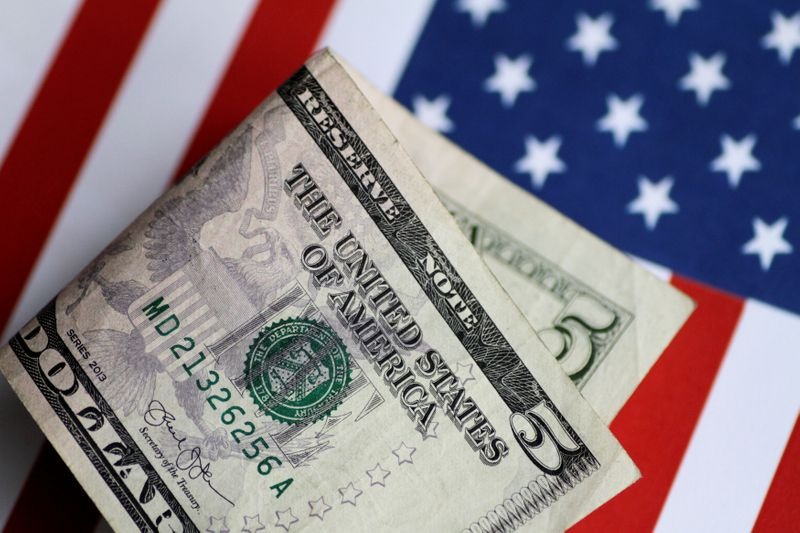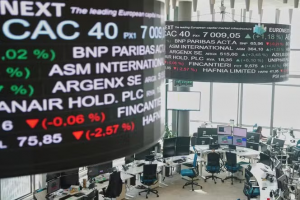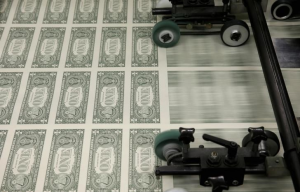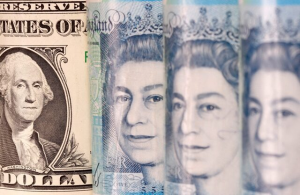Wells Fargo analysts noted an atypical selloff of the U.S. dollar, which they believe is likely a temporary occurrence. The U.S. dollar, often seen as a safe-haven currency, tends to strengthen during periods of high policy uncertainty and elevated market volatility.
However, this year has seen a departure from that norm, particularly after Liberation Day, as the dollar’s safe-haven status and the risk-free qualities of U.S. Treasuries have been questioned due to policy uncertainty and volatility originating from within the United States itself.
Market participants have responded by selling U.S. dollar-denominated assets and moving away from Treasuries, leading to an ~8% depreciation in the U.S. dollar index (DXY) year-to-date. Despite this, Wells Fargo maintains that such movements in U.S. assets are atypical.
Even during prior periods of stress that originated in the U.S., such as the 2008-2009 Global Financial Crisis and the U.S. credit rating downgrade, U.S. asset prices generally performed well.
Wells Fargo analysts suggest that the current shift away from U.S. assets is tactical, not a fundamental reassessment. They view the recent market moves as positioning adjustments that are expected to be transitory.
At the beginning of the year, market participants were overwhelmingly bullish on the U.S. dollar, U.S. Treasuries, and U.S. equities, with positioning heavily skewed towards U.S. assets as the new administration took office. At that time, economic challenges appeared more pronounced internationally than domestically.
However, as challenges within the U.S. have begun to mount and the notion of U.S. exceptionalism fades, there has been a scaling back of bullish optimism, which has contributed to the dollar’s recent weakness.













